Akizuki-no-tori, Living on the Border
This guesthouse inspired by samurai residences was designed to act as a link connecting the old and the new.
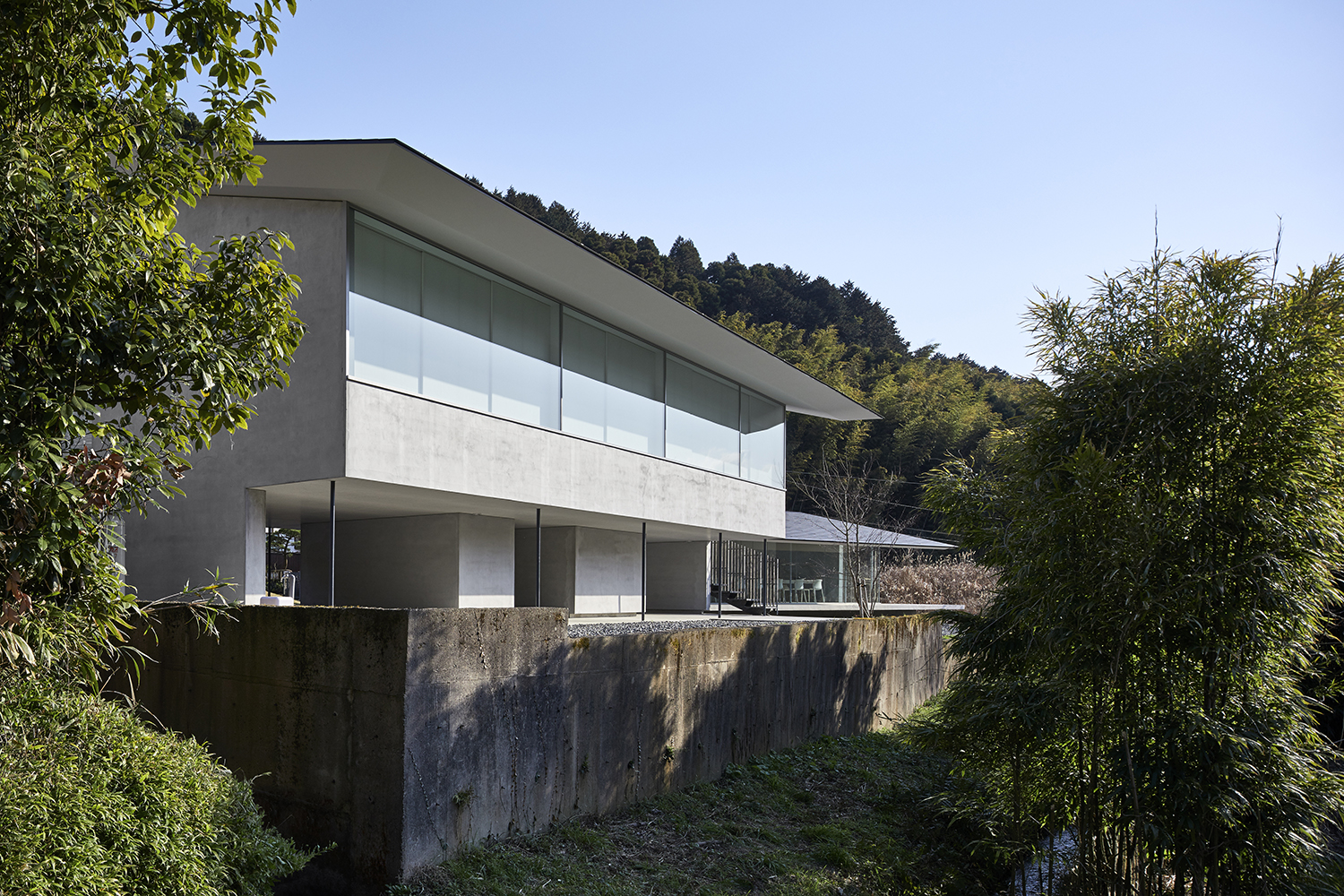
© Nacása & Partners Inc. FUTA Moriishi
In the town of Akizuki, in the heart of Fukuoka Prefecture on Kyushu island, lies the building Akizuki-no-tori. Designed by architect Teppei Fujiwara, who runs the firm Fujiwalabo, it is located on the edge of the ancient town, built in a valley carved by the Notori River, and the town’s new extension. The notion of a border, of a link between the old and the new, provided the inspiration for the architects when designing this guesthouse.
‘Rather than jumping straight into the design, we were inspired by the question of what kind of architecture should exist here, and we therefore began our design process by establishing a critical dialogue through regular visits’, the architect explains. Over the course of their research, the firm became intrigued by buildings known as nagayamon—long houses in which samurai used to live. As such, Fujiwalabo was influenced by these constructions when developing the Akizuki-no-tori project, delivered in 2018 and adopting their main convention: a long form, where the public space on the ground floor gives way to private apartments on the first floor.
Relics of feudalism
This guesthouse therefore aims to act as a link between past and present, drawing on the architectural codes of medieval Japan and adding a touch of modernity. The main structure is made from wood, but the raised sections are held up by a set of narrow steel columns to accentuate the sensation of floating.
The outer walls with timber cladding are painted black to blend in with the landscape. The inside of the building also combines tradition and design: wood and minimalism predominate, but the cleanliness of the lines is supported by the raw aesthetic of the concrete and the hand-plastered floor, combined with black sumi ink. ‘This balance is to avoid things being static, while preserving the humility of the intentions behind the project’, concludes Teppei Fujiwara.
Akizuki-no-tori (2018), a project by architect Teppei Fujiwara, can be viewed on the Fujiwalabo architectural studio’s website.
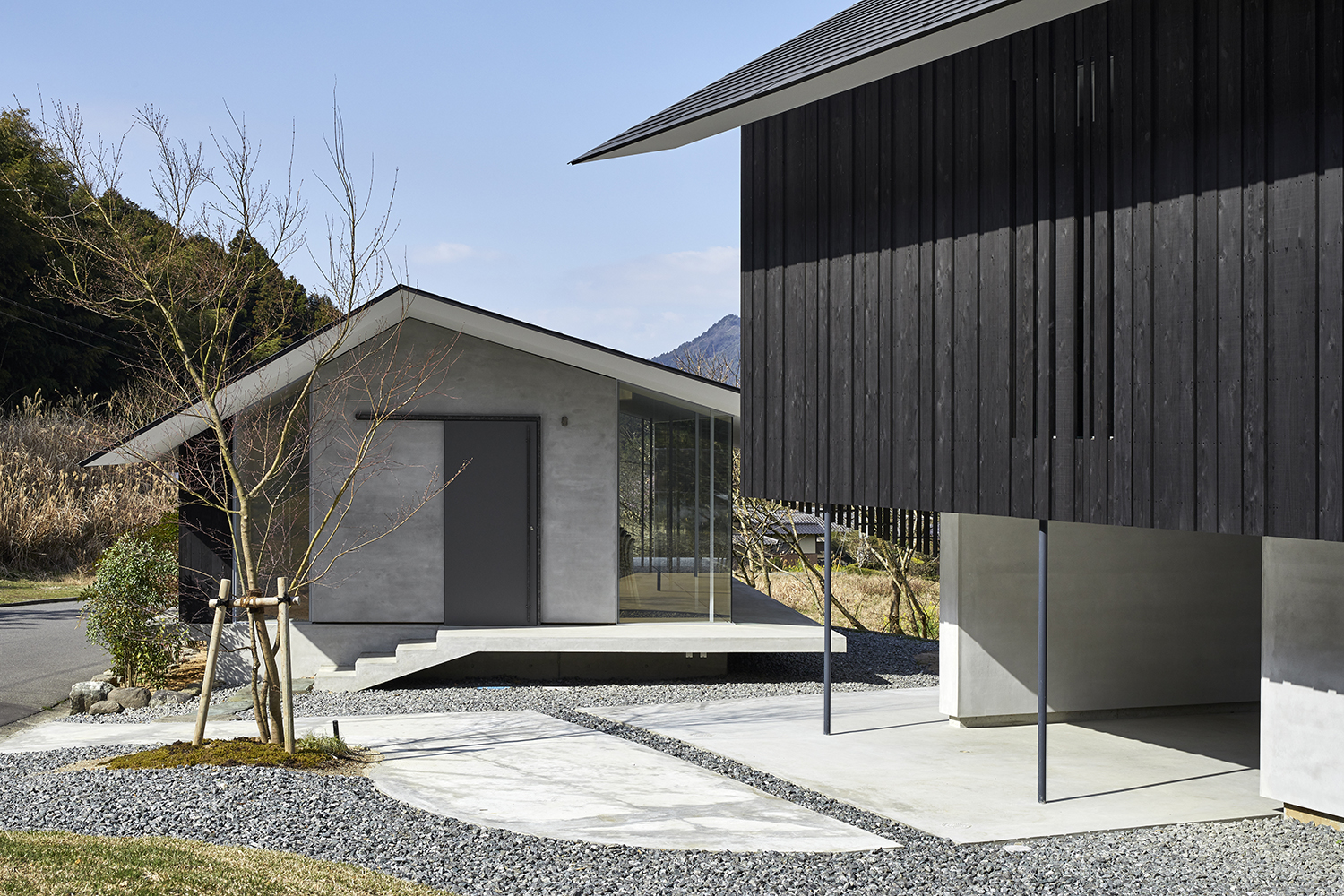
© Nacása & Partners Inc. FUTA Moriishi
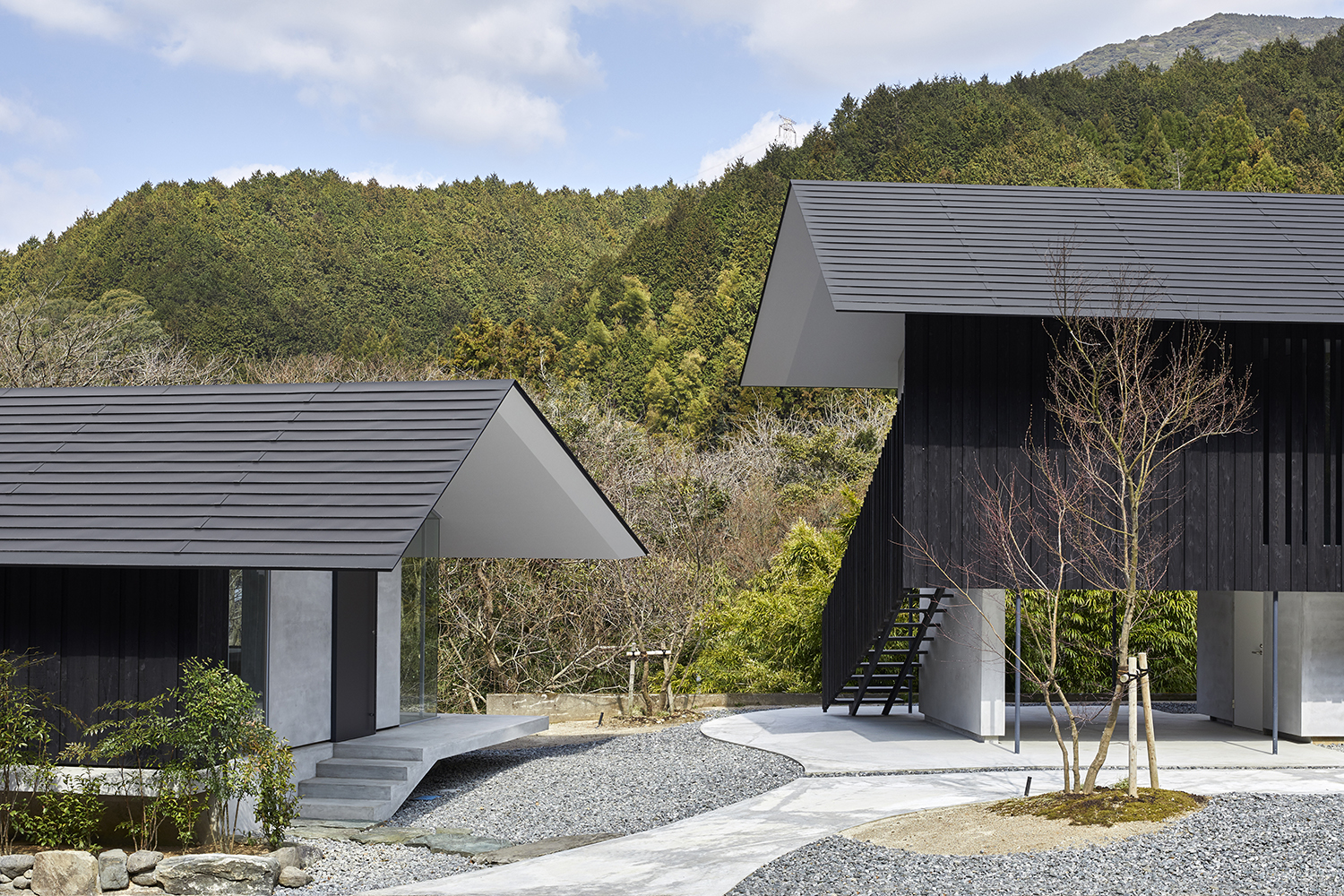
© Nacása & Partners Inc. FUTA Moriishi
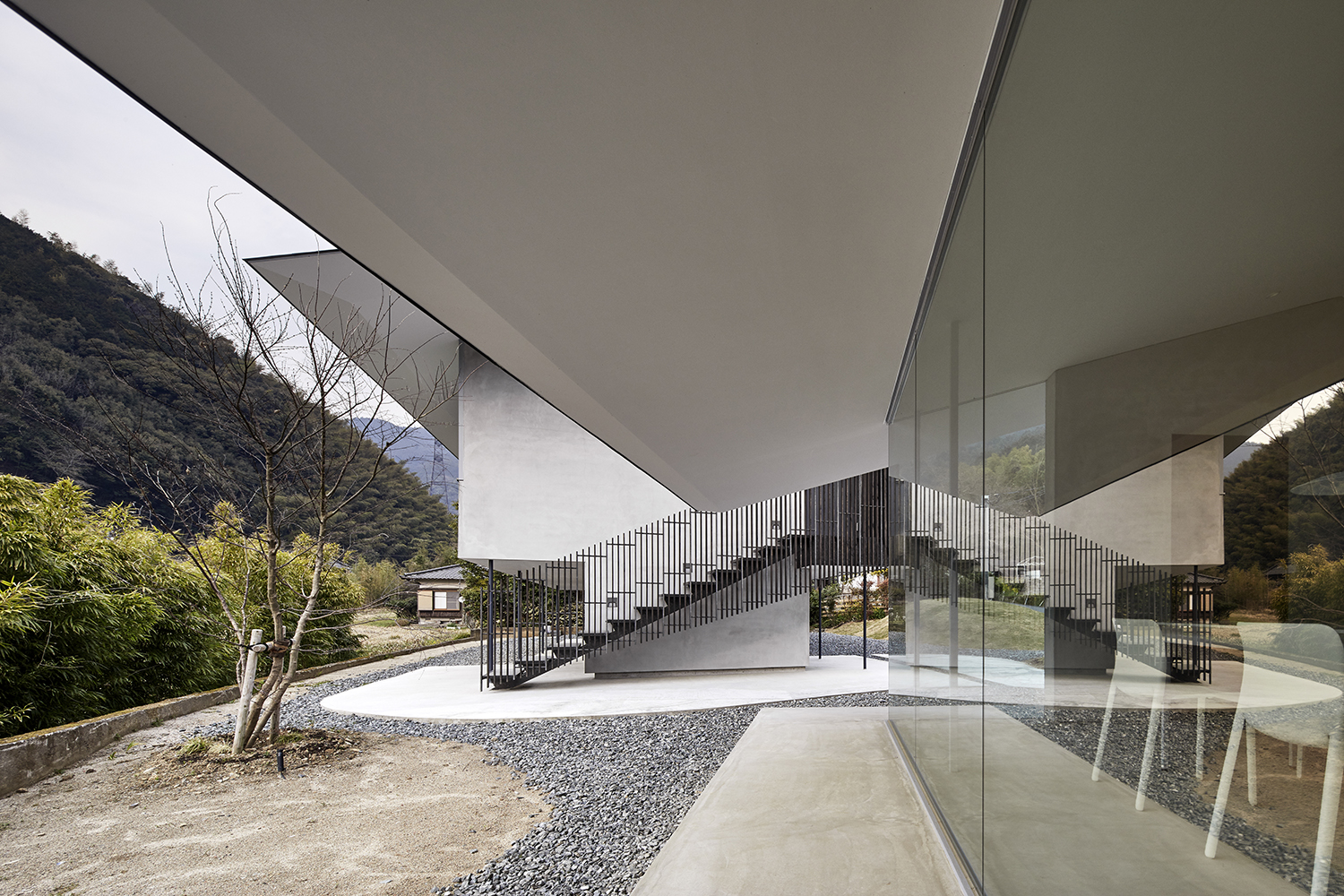
© Nacása & Partners Inc. FUTA Moriishi
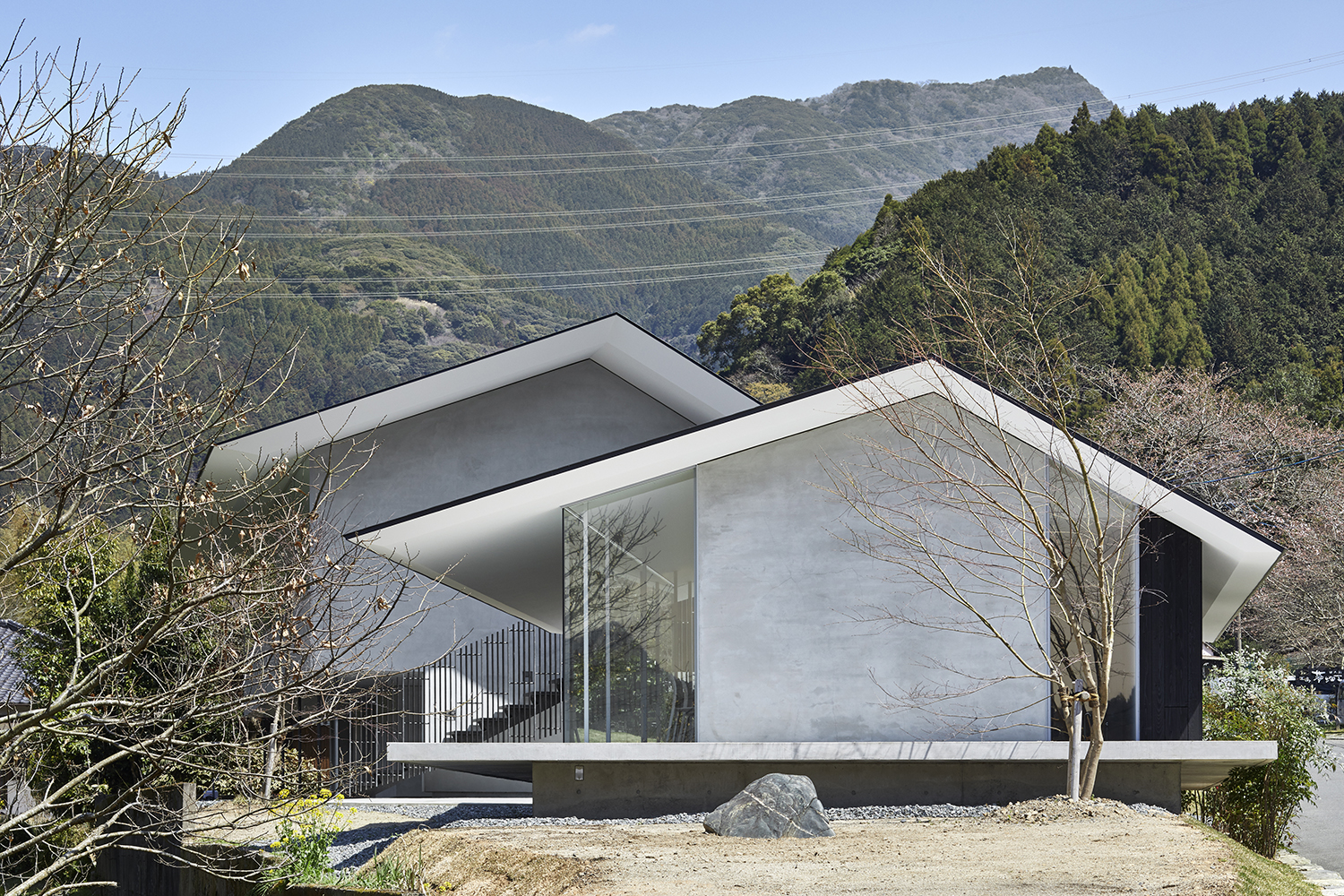
© Nacása & Partners Inc. FUTA Moriishi
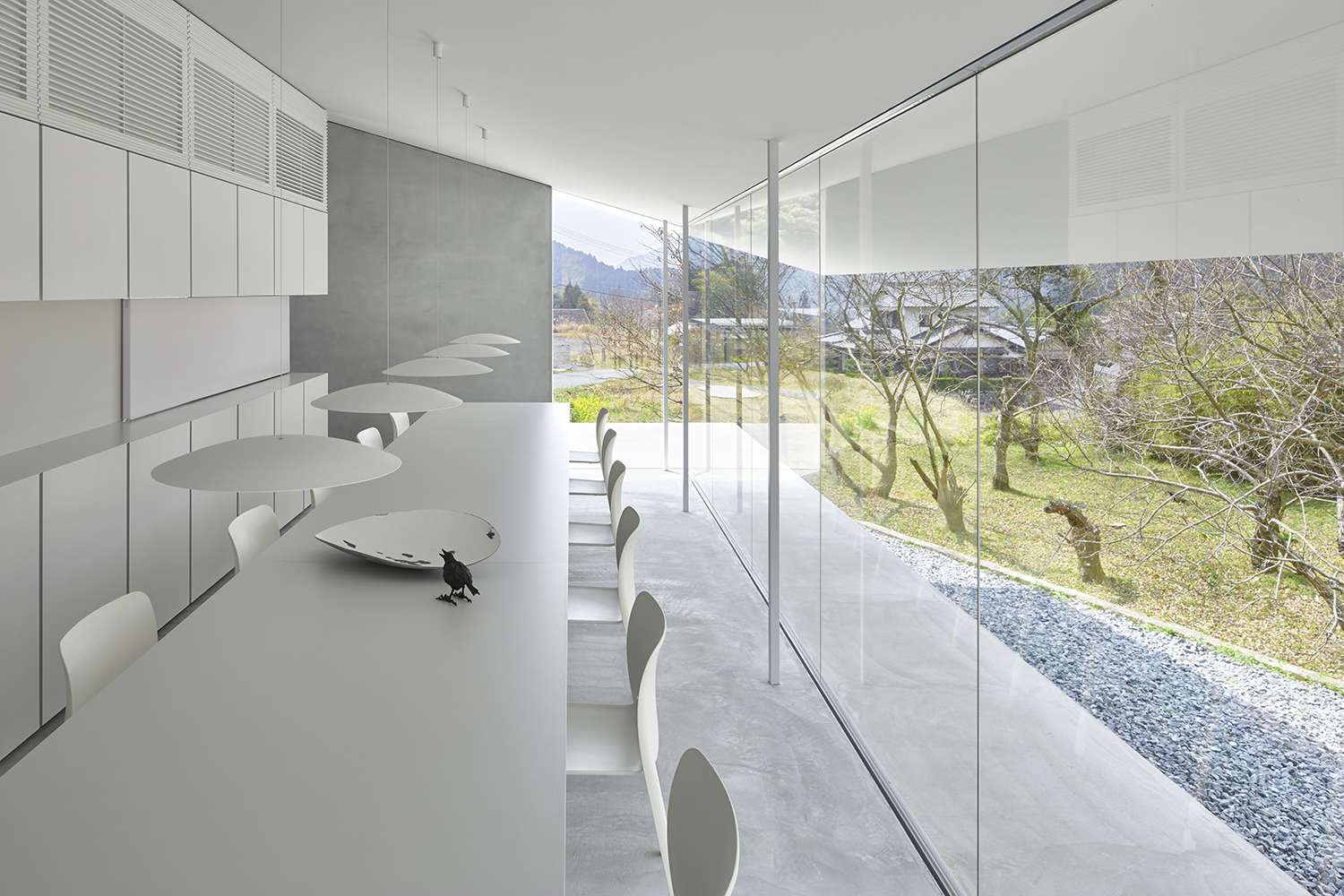
© Nacása & Partners Inc. FUTA Moriishi
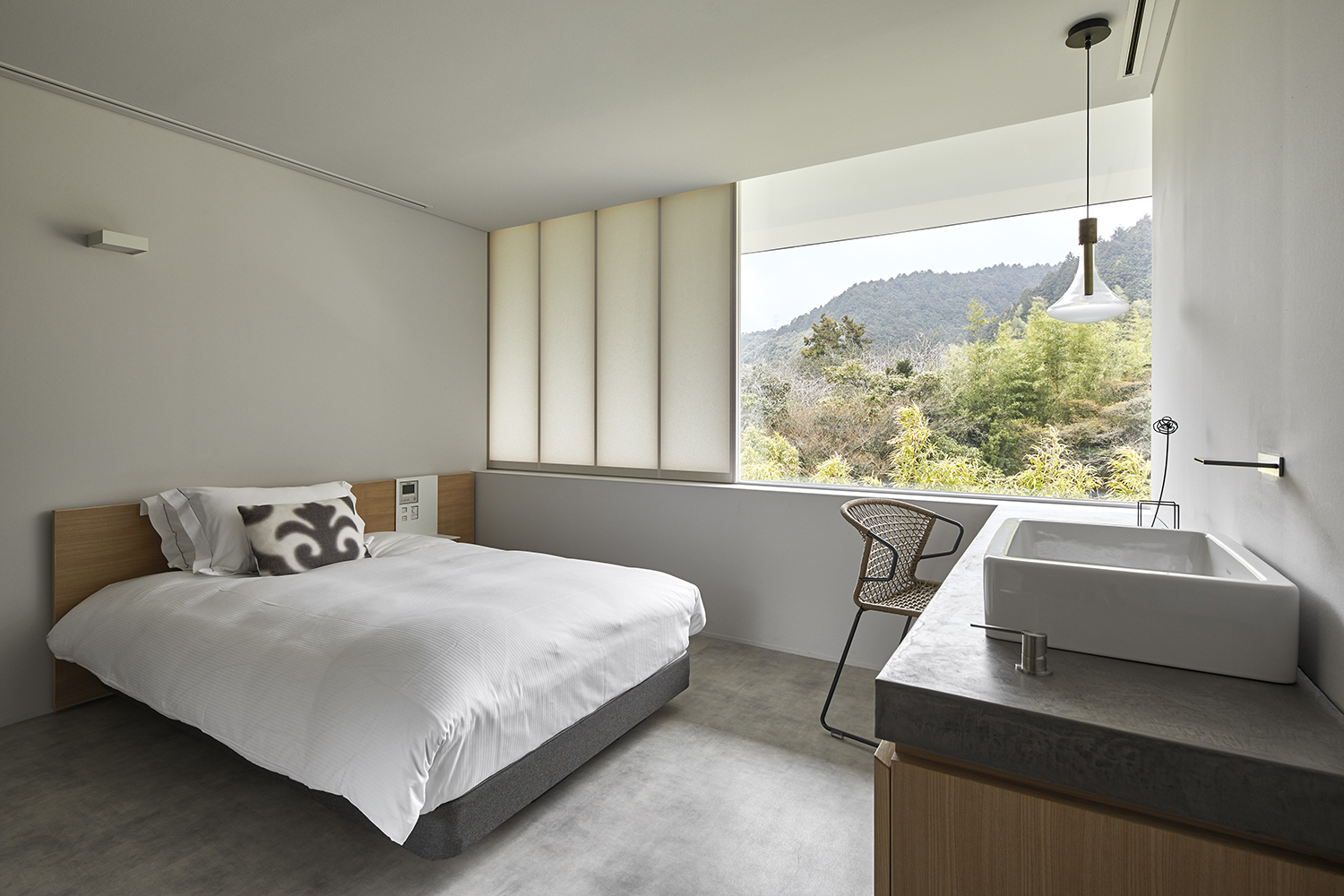
© Nacása & Partners Inc. FUTA Moriishi
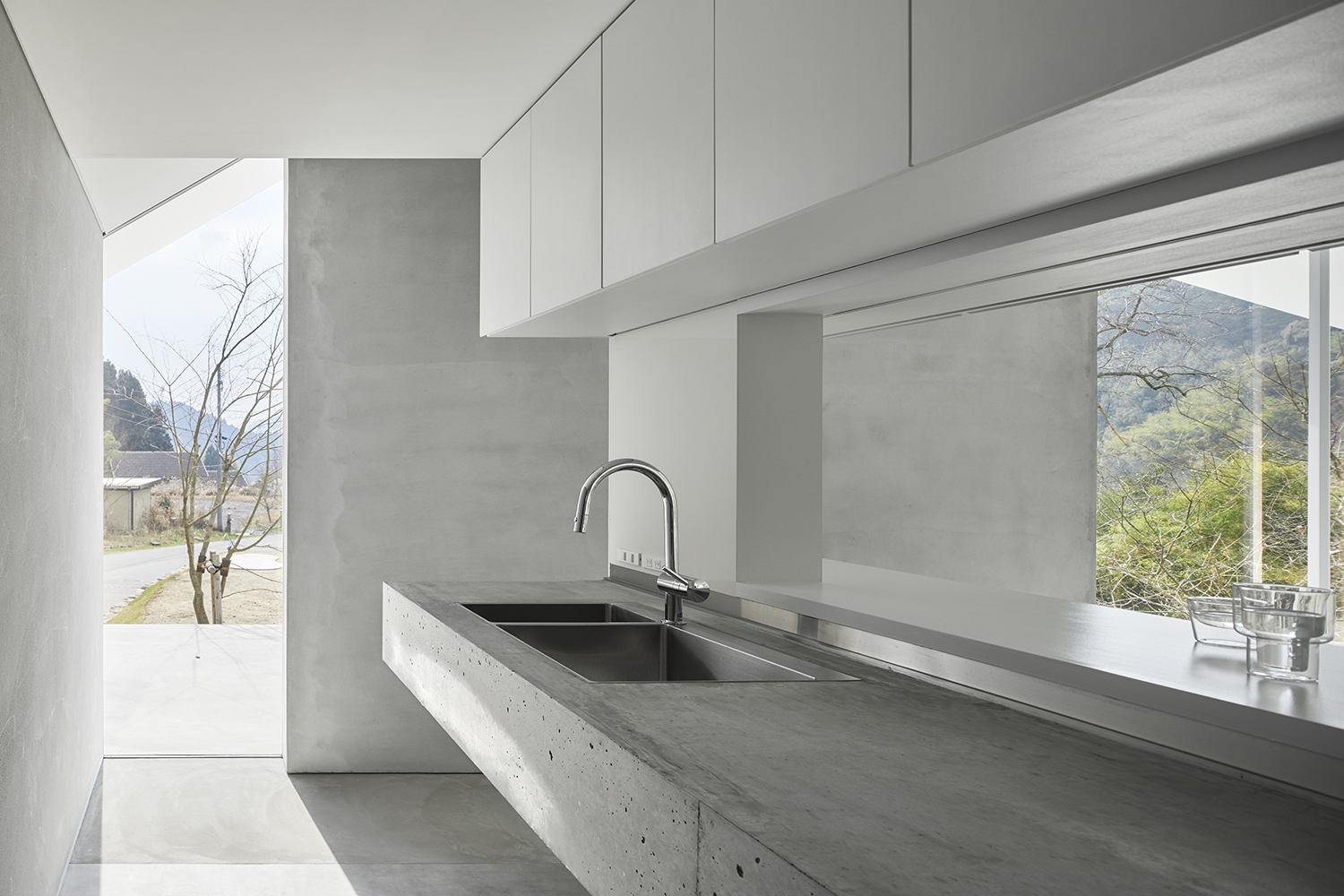
© Nacása & Partners Inc. FUTA Moriishi

© Nacása & Partners Inc. FUTA Moriishi
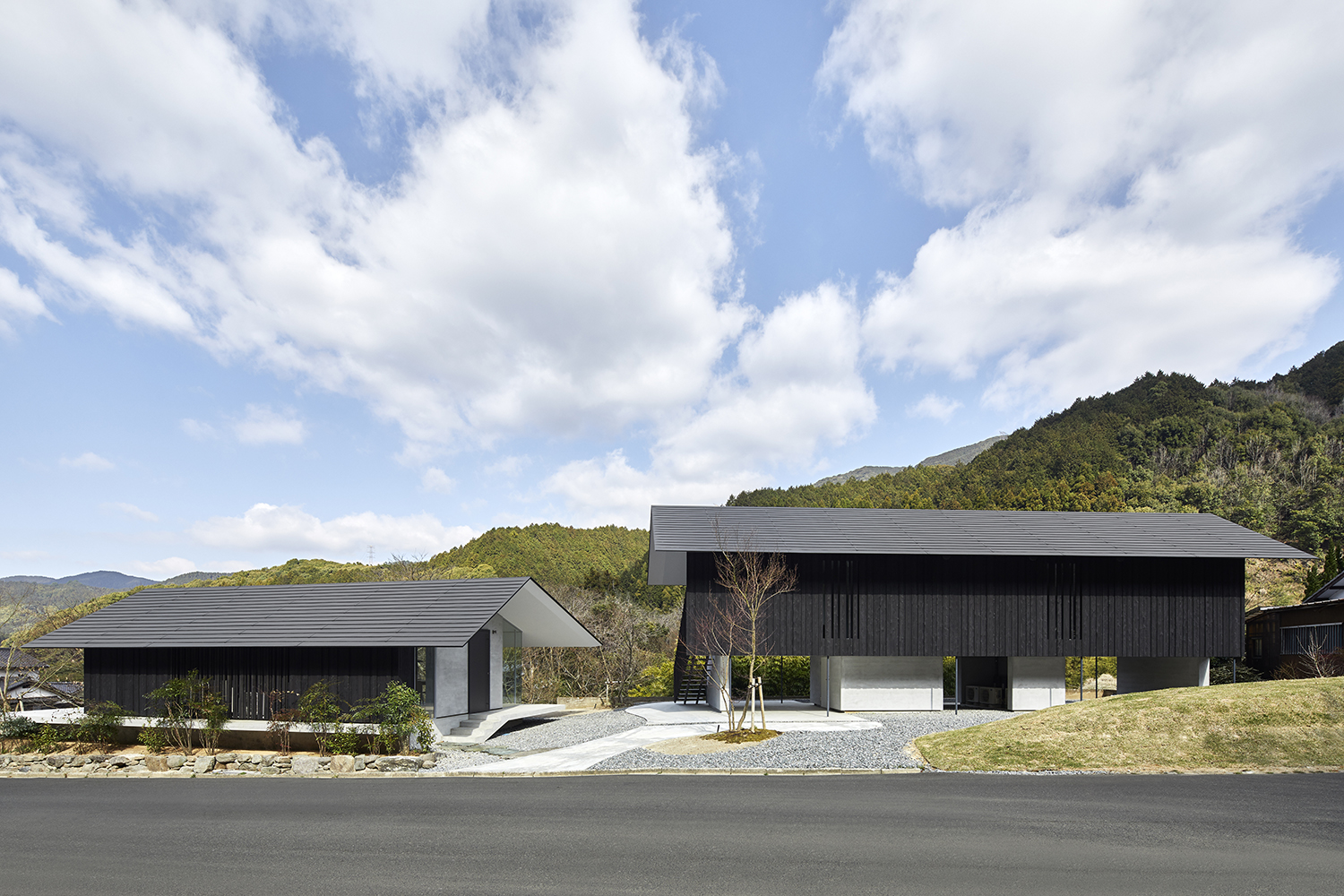
© Nacása & Partners Inc. FUTA Moriishi
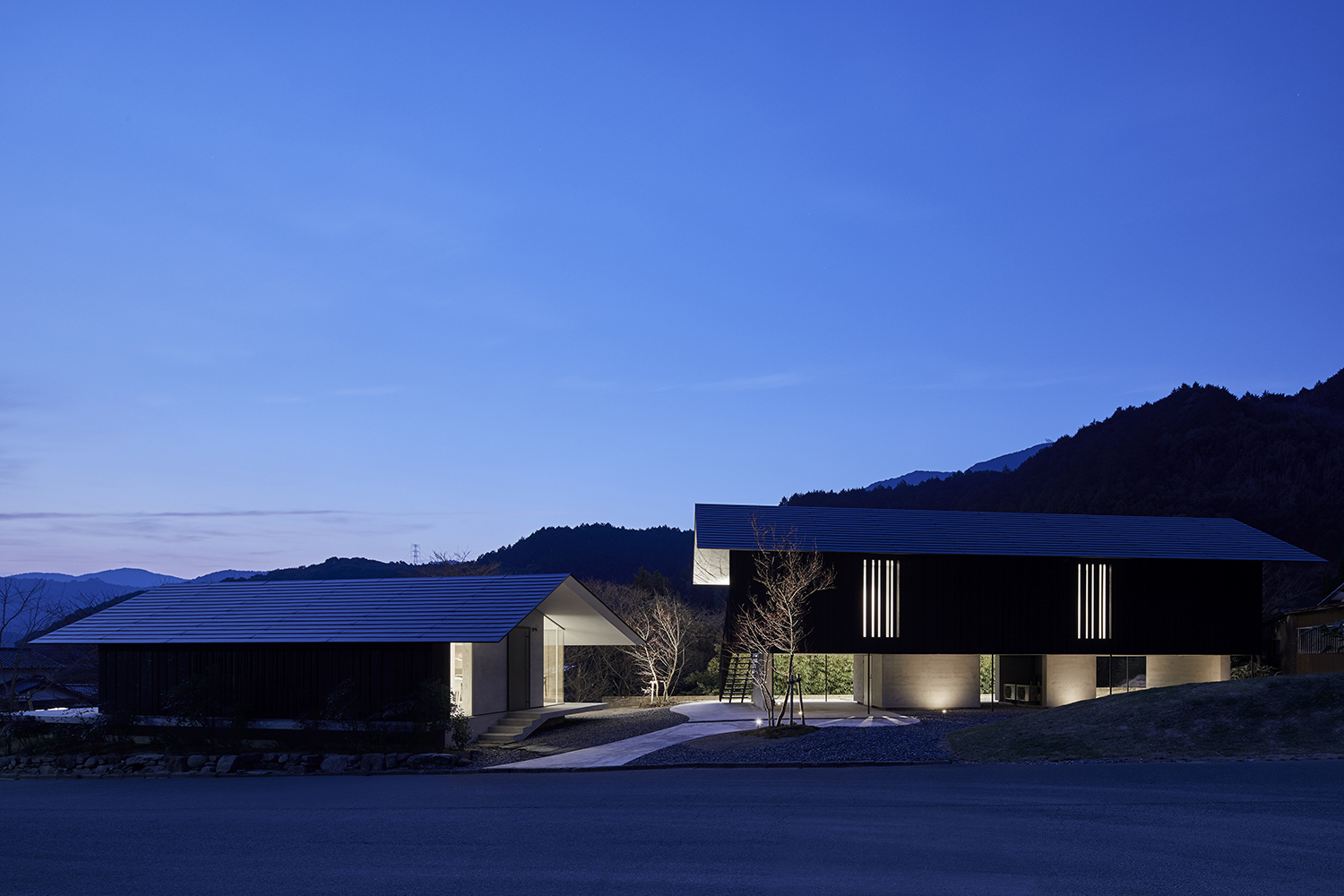
© Nacása & Partners Inc. FUTA Moriishi
TRENDING
-
The Tattoos that Marked the Criminals of the Edo Period
Traditional tattoos were strong signifiers; murderers had head tattoos, while theft might result in an arm tattoo.

-
Paris, Tokyo: Robert Compagnon
With his co-chef and talented wife, Jessica Yang, Robert Compagnon opened one of the top new restaurants in Paris: Le Rigmarole.
 3:31
3:31 -
The Story of Sada Yacco, the Geisha who Bewitched Europe
Described by Dazed magazine as the first beauty influencer, she has been restored to her former glory since 2019.

-
Ito Jakuchu's Naturalist Paintings
From 15 September until 14 October 2018, the Petit Palais showcased the artist's iconic ‘Images of the Colourful Realm of Living Beings’.

-
Chiharu Shiota, Red Threads of the Soul
Last year, more than 660,000 people visited the retrospective 'Chiharu Shiota: The Soul Trembles' exhibit at the Mori Art Museum.





